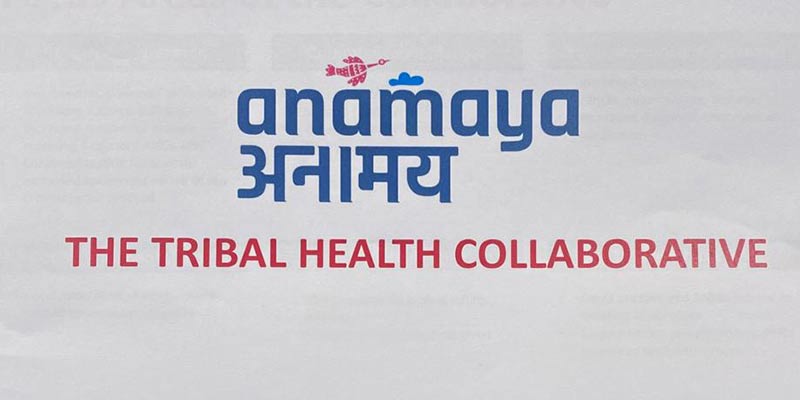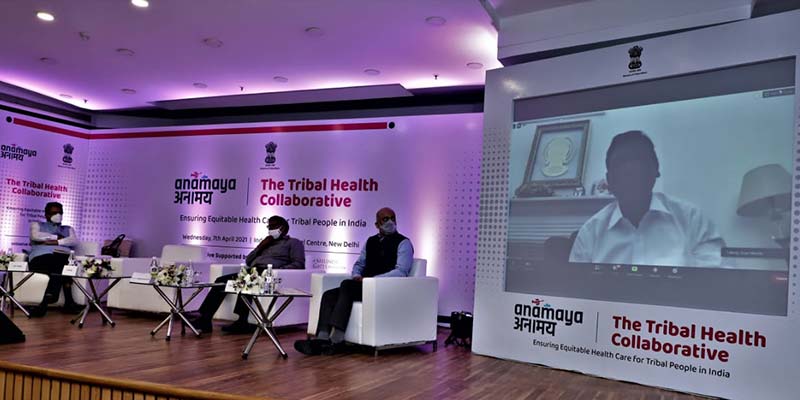- India
- Apr 09
Govt launches tribal health collaborative ‘Anamaya’
• Union health and tribal affairs ministries launched tribal health collaborative ‘Anamaya’ to converge efforts of government agencies and non-profit organisations to enhance the health and nutrition status of Scheduled Tribes.
• ‘Anamaya’ will bring together governments, philanthropists, national and international foundations, NGOs to end all preventable deaths among the tribal communities of India.
• The tribal health collaborative is a multi-stakeholder initiative supported by Piramal Foundation, and Bill and Melinda Gates Foundation.
• It will begin its operations with 50 tribal, aspirational districts (with more than 20 per cent ST population) across six high tribal population states.
• It will be extended to 177 tribal districts over the next 10 years.
• ‘Anamaya’ aims to build a sustainable, high-performing health ecosystem to address the key health challenges faced by the tribal population of the country.
• The tribal affairs ministry has created a roadmap to address tribal health issues through the Tribal Health Action Plan.
• Last month, the Tribal TB Initiative was launched to achieve the goal ‘TB Mukt Bharat’ by 2025, five years ahead of the global SDG target.
Tribal population in India
According to the 2011 Census, India is home to 10.4 crore tribal people.
As per a government report, tribal people are largely concentrated in ten states and in the northeast. Almost 90 per cent of the tribal population of the country lives in rural areas. There are 90 districts or 809 blocks with more than 50 per cent tribal population and they account for nearly 45 per cent of the Scheduled Tribe (ST) population in the country. In other words, almost 55 per cent of the tribal population lives outside these 809 tribal majority blocks.
Over two-thirds of the tribal population is working in the primary sector and is heavily dependent on agriculture either as cultivators or as agricultural labourers.
The tribals disproportionately share the burden of poverty, death, and diseases. Over 40 per cent of them live under poverty, over two-third work in the primary sector and only around 10 per cent of them have access to clean drinking water.
The tribal areas also have an acute shortage of healthcare infrastructure and human resources with a 40 per cent shortfall in the number of primary healthcare centres and only 60 per cent of them having a doctor. Over 80 per cent of specialists’ positions at community health centers are vacant.
Manorama Yearbook app is now available on Google Play Store and iOS App Store


